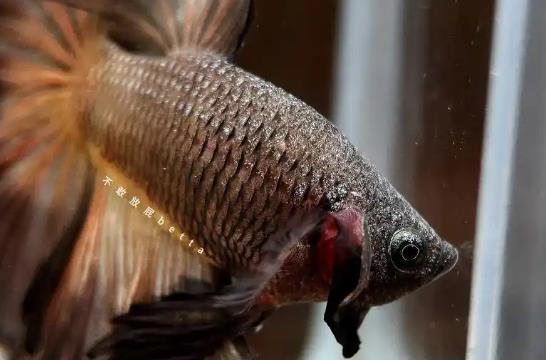Betta Fish Diet Guide: Feeding for Color & Health
Bettas are omnivores with a carnivorous lean—their food choices directly impact color development and overall wellness. Below are detailed feeding recommendations:

1. Live Foods (Top Choice)
Brine Shrimp
High-protein with natural pigments that enhance betta coloration, ideal for weaning fry.
Hatched in saltwater, posing lower parasite risks than freshwater live foods.
Bloodworms & Daphnia
Bloodworms (Aquatic Worms): Packed with protein, but rinse thoroughly to remove pathogens.
Daphnia: Balanced nutrition perfect for young bettas; can be stored frozen.
Mosquito Larvae (Wigglers)
A natural staple in wild betta diets. Ensure they come from a safe, uncontaminated source.
2. Commercial Pellets & Flakes
High-Protein Floating Pellets
Choose betta-specific formulas with astaxanthin (a color-enhancing compound).
Use as a daily staple, pairing with live foods to round out nutrition.
3. Supplementary Foods
Frozen Bloodworms/Nematodes
Thaw and disinfect before feeding to prevent intestinal infections.
Algae & Vegetables
Occasional plant-based supplements, like blanched spinach flakes, add variety.
4. Feeding Best Practices
Frequency: Feed 1–2 times daily, only as much as the betta can consume in 5 minutes.
Hygiene: Rinse or disinfect live foods to avoid water contamination.
Variety: Rotate food types to ensure a balanced diet—variety is key to vibrant colors!
By mixing live prey with quality commercial feed, you’ll keep your betta’s colors vivid and energy levels high. Happy feeding!
